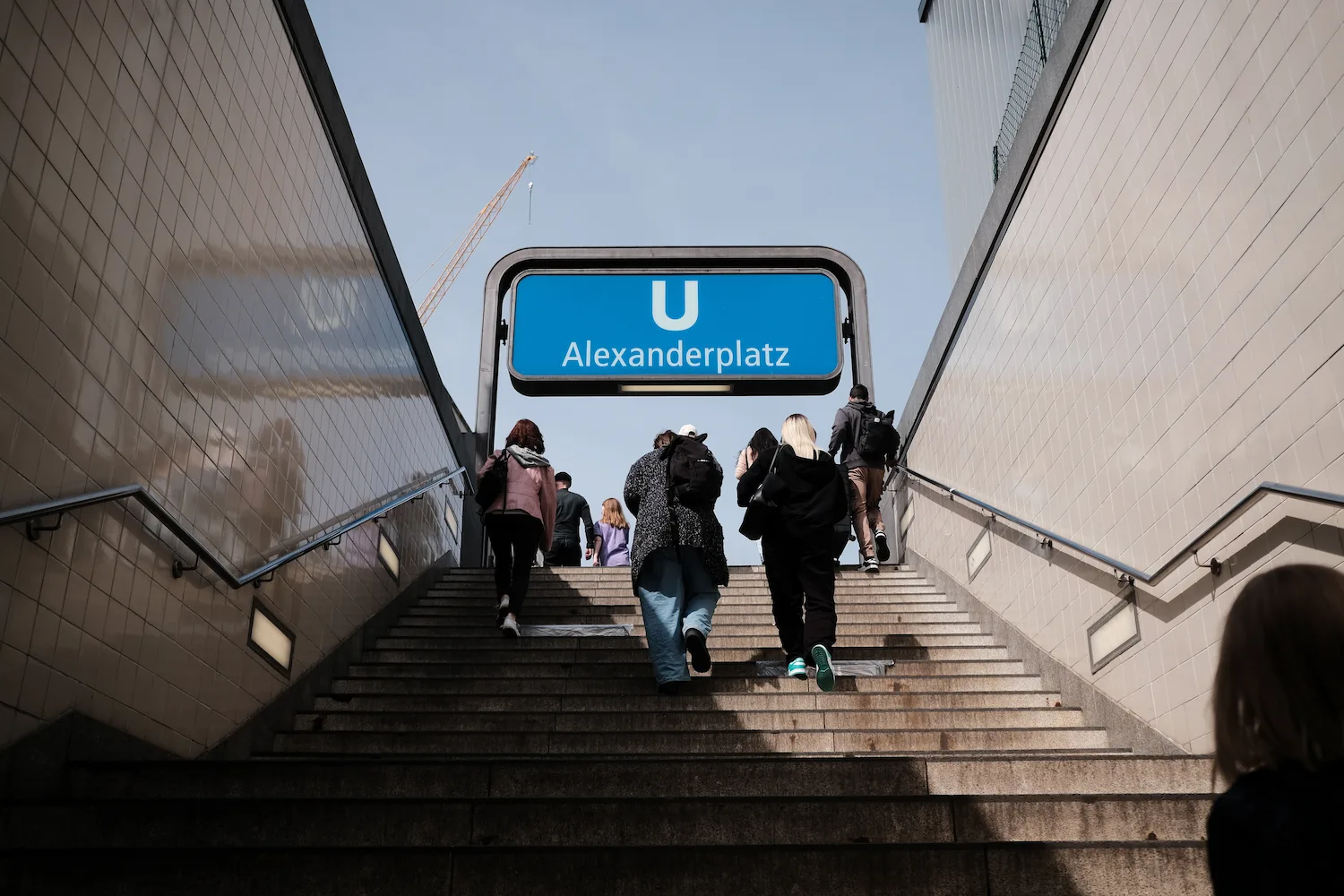I recently had a vacation in Germany, specifically Berlin, Dresden and Munich. Before stepping my feet on the German soil—and even after I landed—I had to look for information on the German public transport because at that time it was confusing to me. That’s also the reason why I’m writing this guide.
Please note that this is definitely not a complete guide and information here is written as of April 22, 2024. Things can change over time. Check updated information on respective websites.
How to buy tickets
Germany offers a variety of public transport systems: trains, trams, buses and ferries. Each state has its own ‘agency’ that manages local public transportation.
You can find ticket vending machines at train stations. The machines accept cash and cards and offer the English language.
You can also purchase most of the tickets through Deutsch Bahn’s DB Navigator app. It’s also possible to buy tickets using local apps like MVV (for Munich) or BVG (for Berlin).
When you purchase a ticket through an app, of course you will get an electronic ticket, not a physical ticket.
How to validate tickets
First, you don’t have to validate tickets if they already show their validity period. For example the Deutschland Tickets have a validity period of 1 month, as selected upon purchase, so they don’t have to be validated.
Otherwise, you can insert your physical ticket into a ticket validator machine at train stations, on buses or on trams.
You need to show a validated ticket when asked to. For electronic tickets, you show the ticket’s QR code from the app you made the purchase.
The Deutschland Ticket
The Deutschland Ticket is the easiest choice if you will rely heavily on public transport. For 49 euro you get unlimited rides on local trains, buses, trams and even some ferries across the country, valid for 1 month, for 1 person per ticket.
Note that the Deutschland Ticket cannot be used with IC, ICE and EC trains.
Tip: You can use the DB Navigator app to see if a train route accepts the Deutschland Ticket by opening the purchase options. If the Deutschland Ticket is listed, it is valid on this route.
There are many ways to purchase the Deutschland Ticket, e.g. through the DB Navigator app and through local transport agency apps. For me I was unable to purchase it through the DB Navigator app because it asked for a German address which I obviously didn’t have, so I purchased it through Munich’s MVV app.
The Deutschland Ticket is a subscription, so don’t forget to cancel it before it automatically renews next month.
More info on the Deutschland Ticket: https://int.bahn.de/en/offers/regional/deutschland-ticket
How to check train, tram and bus status
The DB Navigator app is very powerful. You can use it to search for public transport that will get you from A to B. It covers trains, trams and buses and show their current location. If there is any service disruption it will also appear in the app.
How to board trains, trams and buses
For trains, the app tells you at which platform the trains will stop. You wait there and hop on the train when it arrives. Don’t forget to validate your ticket before boarding, if needed.
For trams and buses, you wait at the station, on the side of the direction that you are going to. When you get inside don’t forget to validate your ticket if needed.
Are they on time?
Short-distance public transport like S-Bahn, U-Bahn, trams and buses are generally on time. Long-distance trains that take you to other cities can be late by a little bit (usually not more than 5 minutes).
I hope this guide presents you with the kind of information I needed when I first arrived in Germany. Enjoy your stay!
